Electric Vehicles and Solar Energy – Their Role in Climate Change Mitigation
By Tom Mommsen (SSREC)
1 – Preamble
As made perfectly clear in the recent reports from the IPCC, the world must stop burning stuff. Not in 2025 or 2030. Now. When emissions reductions were discussed in the early noughts, an annual 4% decrease – mainly of carbon dioxide (CO2) – would have put the lethal climate crisis monster back on its chain. Lots of talk, hardly any actions and increasing emissions followed, especially in Canada. By 2020, that number had increased to 7.6% emissions reductions per year and must include methane; instead, the earth’s atmosphere has seen a global increase of 6% in 2021, while still ignoring most large sources of methane. The planet has about seven years to get it together. No more delays. No more waiting for pies in the sky offering the perfect solutions.
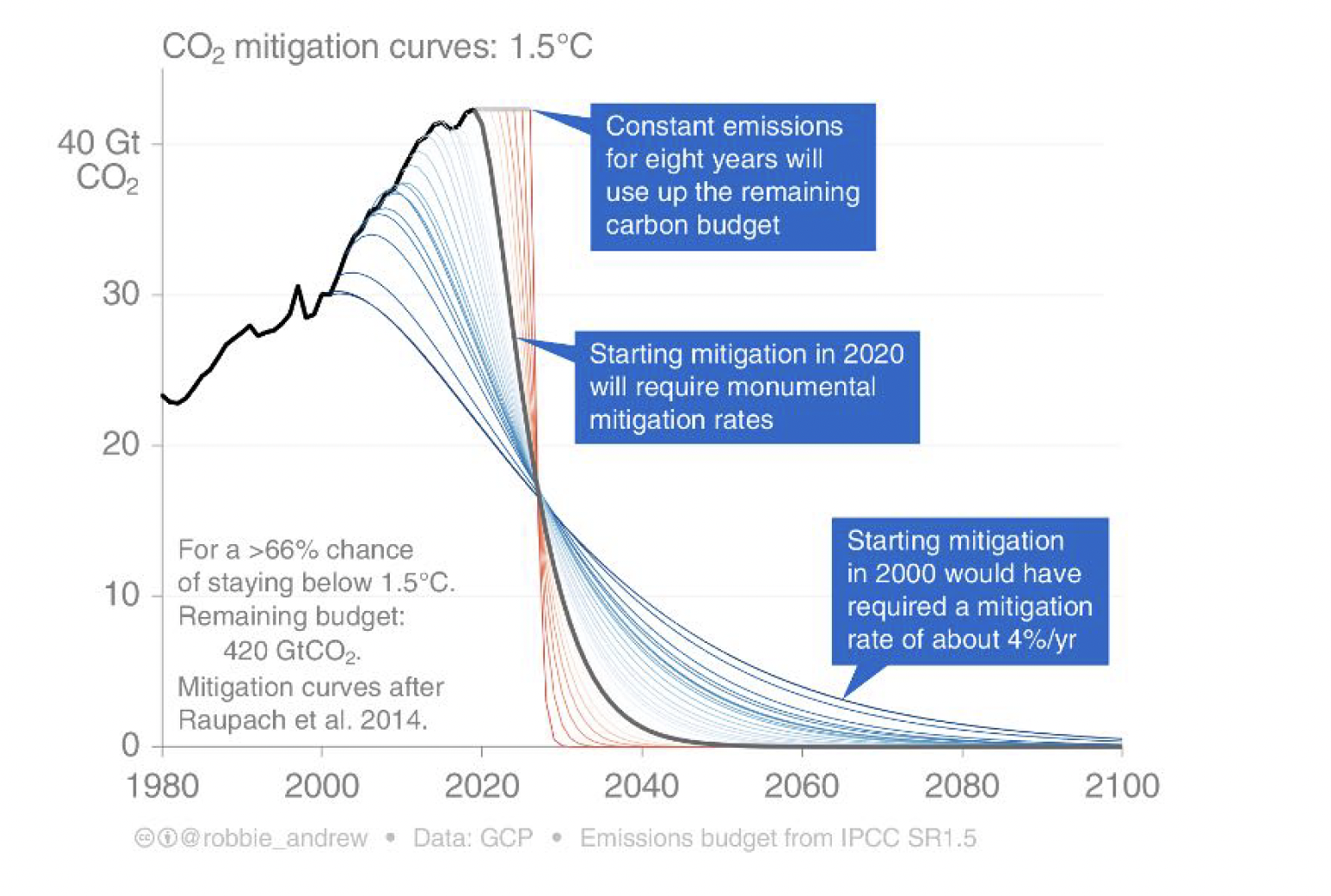
Luckily, many powerful tools to mitigate the climate crisis, to decarbonize and to diminish its effects are already available: trees, eel grasses, mangroves, methane-munching bacteria, electricity from solar and wind, and electrified transportation, including electric vehicles (EVs), and of course, energy conservation, public transport, energy-saving housing and, first and foremost, abandoning the world’s addiction to fossil fuels.
It’s imperative to use as many of these tools as possible and use them wisely and properly. And, fortunately, they are not prohibitively expensive, especially considering what is at stake. In fact, one could argue that they are absolutely essential, considering what is at stake. However, none of these decarbonization routes support the status quo since they are clearly disruptive to business as usual. Thus, they are reviled by industries and their enablers busily perpetuating fairy tales about their own environmental prowess, banging on about transition fuels, praying at the altar of incrementalism, and by seeding misleading myths about their actions and the energy transition.
The globe has already experienced global warming exceeding 1.1 °C, while people are being deluged with inventively named, but frighteningly real, climate-change phenomena like atmospheric rivers, rain bombs, heat domes, derechos, fire clouds, together with more traditional ones – all reaching unprecedented extremes – like hurricanes, typhoons, water spouts, droughts, tornadoes and forest fires. And, of course, sea level rise and just for the record, the continuously rising atmospheric concentrations of carbon dioxide and methane, two of the most potent global warming agents. The one newly […]

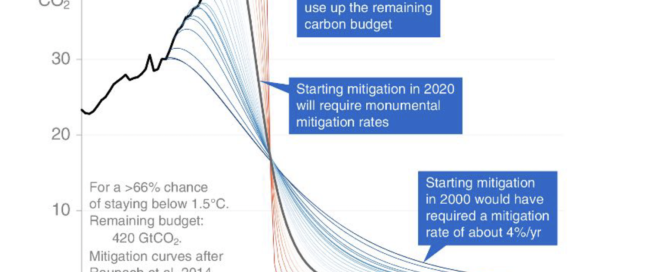
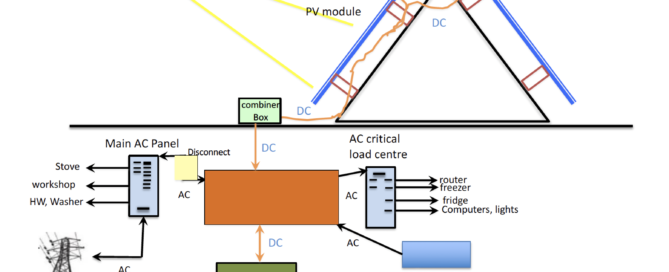
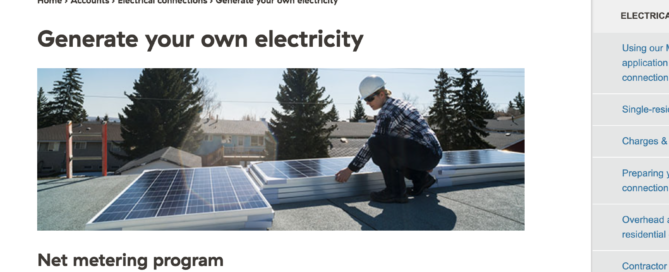
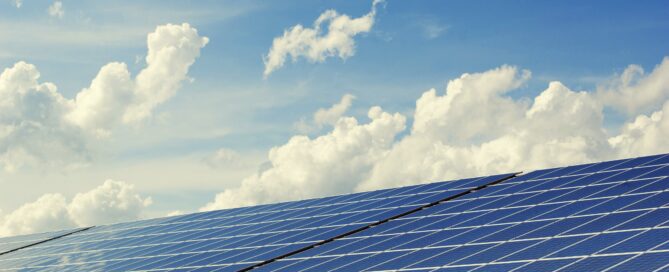

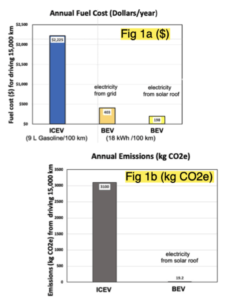
You must be logged in to post a comment.